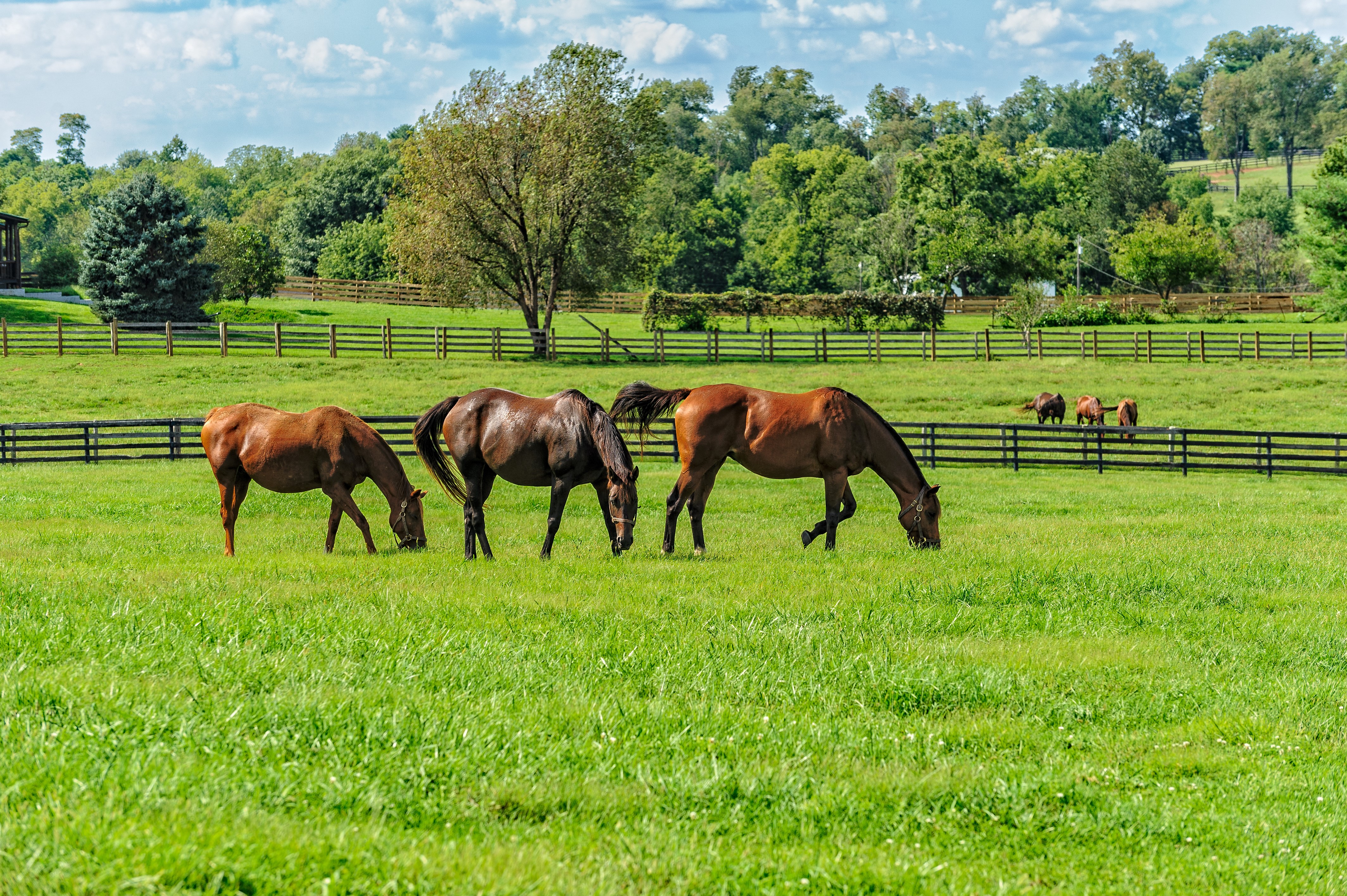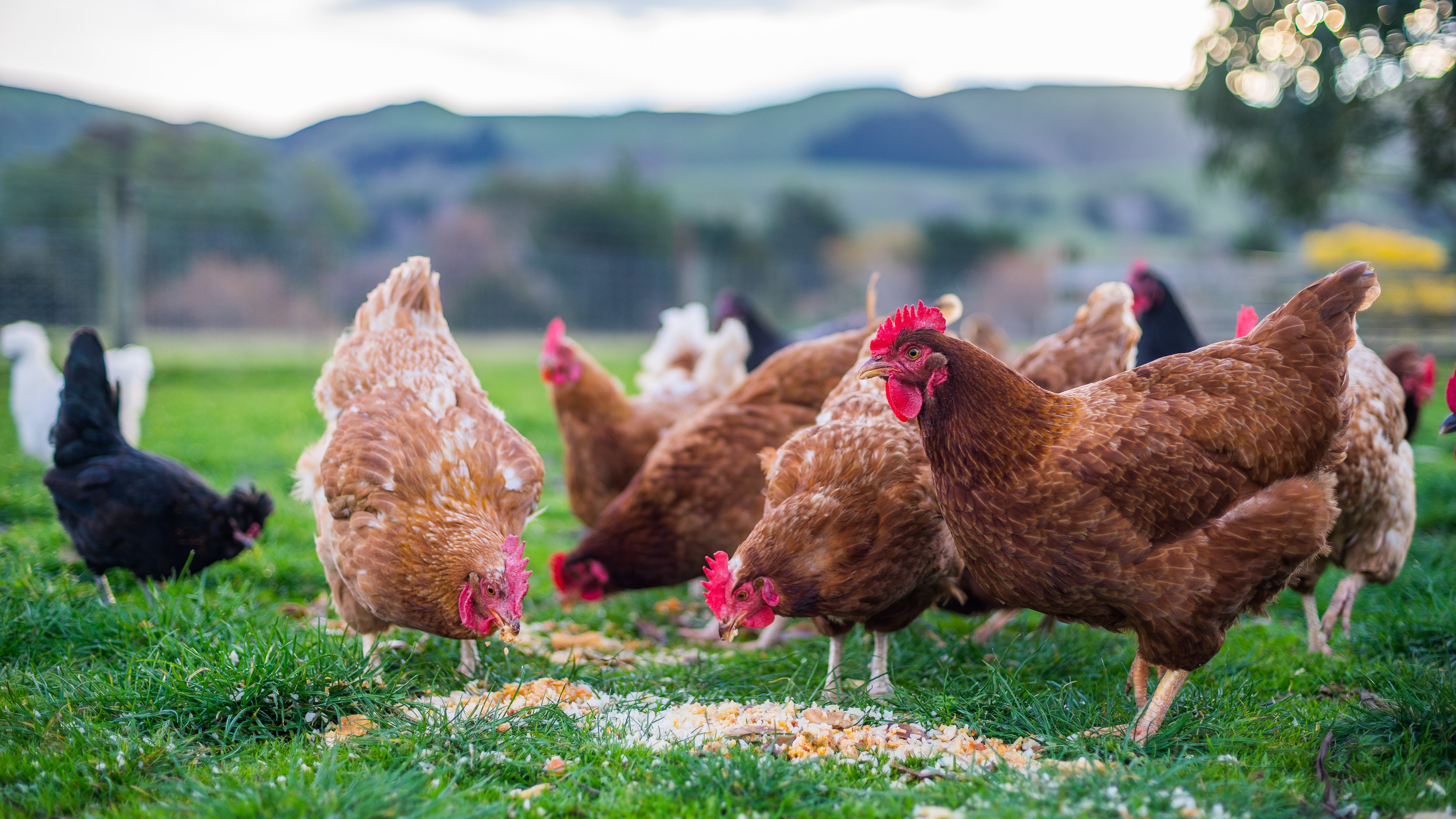Blackleg Surge Autumn 2019
A small surge has been reported in the detection of blackleg by the Department’s Regional Veterinary Laboratories, particularly those in the southern half of the country. The disease is never uncommon in Ireland, and occasional fluctuations are normal.
What is blackleg?
Blackleg is an acute, usually fatal disease of cattle and sheep, caused by the production of toxins by anaerobic soil-dwelling bacteria called clostridia. These bacteria survive in soil normally as spores, and when they enter the body they may proliferate in anaerobic (air-free) conditions, producing toxins which kill muscle tissue (necrosis) producing gas in the process. This results in darkened areas of muscle with pockets of gas throughout the lesion (see Figure 1) and is usually rapidly fatal. Some blackleg cases present as lameness or areas of swelling, but most are found dead. Very rapid decomposition and significant gas accumulation under the skin is often a feature of clostridial deaths (but not diagnostic).
How is it diagnosed?
Your vet may be able to diagnose it by a clinical examination, or may refer carcasses to your nearest Regional Veterinary Laboratory for post mortem and diagnostic tests.

Figure 1: This photo from the Department’s Regional Veterinary Laboratories, shows a cross section of the ileopsoas (fillet) muscle from a 5-month-old-calf showing dry gangrenous black muscle, overlying normal unaffected muscle. The causative agent, Clostridium chauvoei, was detected in this lesion using a fluorescent antibody test. The small cavities within the dark & dry area of affected muscle are pockets of gas produced by the bacteria which gives rise to the crackling texture that is evident when you touch the overlying skin of an affected area – often compared feeling as though there were froth or ‘suds’ under the skin.
Why is there an increase in cases now?
The current increase might be related to the recent heavy rain. Blackleg is caused by a clostridial infection (usually Clostridium chauvoei). These bacteria can survive for decades (perhaps centuries as highly stable spores, but these spores are buoyant, and outbreaks have been associated with flooding, where the elevated water table floats spores that were in the soil from previous blackleg deaths or burials to the surface.
As well as flooding, any other form of soil disturbance like tillage, drainage, etc can trigger outbreaks by bringing spores to the surface. Indeed some farmers will be aware that some areas of their farm are ‘blackleg hotspots’.
What should I do to prevent it on my farm?
The disease is common, and the best control is prevention by vaccination. Successful vaccination requires the selection of a suitable vaccine (broad spectrum multivalent clostridial vaccines provide a wider range of protection against blackleg and prevent other diseases like tetanus also) and correct storage and administration, as per the data sheet that will be enclosed with the product.






